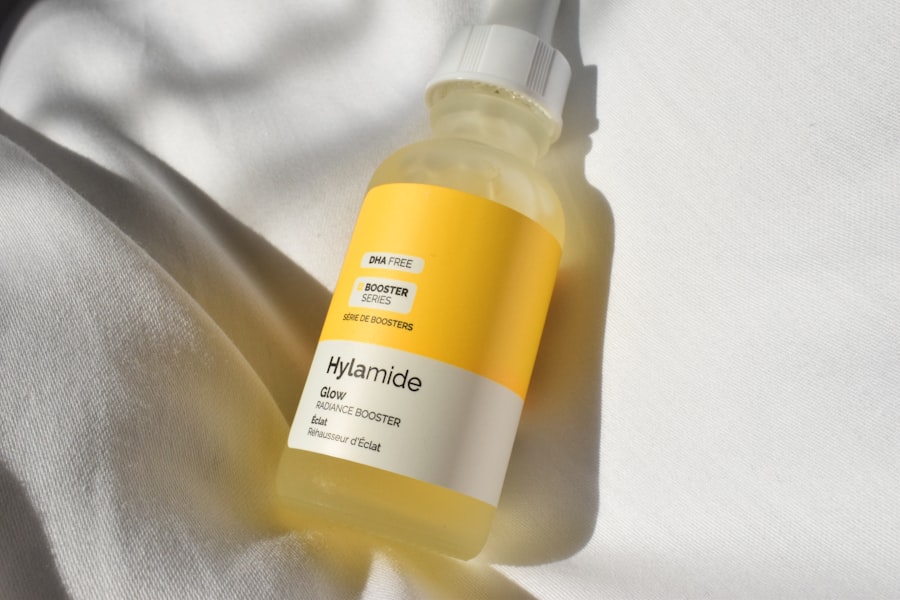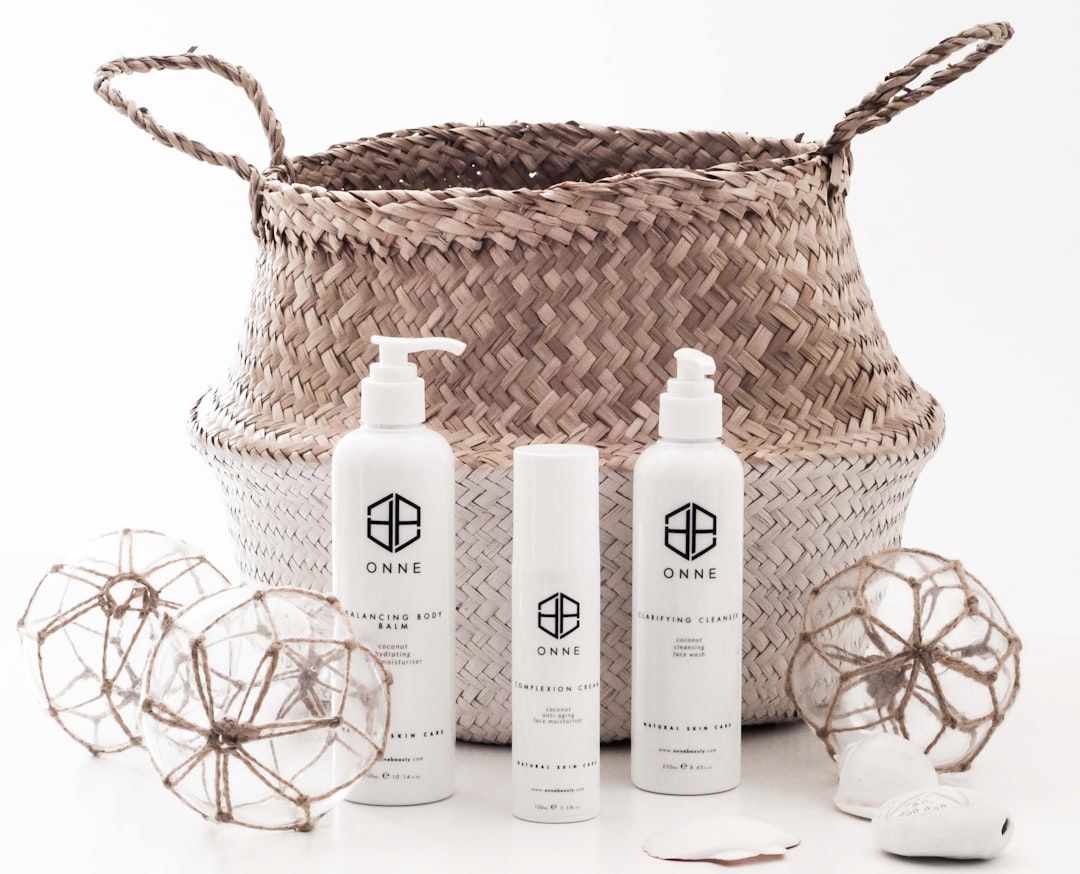Aftercare is a crucial component of the laser hair removal process that often goes overlooked. You may be excited about the prospect of smooth, hair-free skin, but neglecting aftercare can lead to complications that undermine your results. Proper aftercare not only enhances the effectiveness of the treatment but also minimizes the risk of side effects such as irritation, redness, and even scarring.
By understanding the importance of aftercare, you can ensure that your skin heals properly and that you achieve the best possible outcome from your laser hair removal sessions. Moreover, aftercare is essential for maintaining the longevity of your results. Laser hair removal works by targeting hair follicles, and while many follicles are destroyed during the procedure, some may remain dormant and can regrow hair over time.
By following a diligent aftercare routine, you can help prolong the effects of your treatment and reduce the likelihood of needing additional sessions. This not only saves you time and money but also contributes to your overall satisfaction with the procedure. Therefore, taking the time to understand and implement effective aftercare practices is vital for anyone considering or undergoing laser hair removal.
Key Takeaways
- Aftercare for laser hair removal is crucial for achieving the best results and minimizing potential side effects.
- Immediate aftercare steps include keeping the treated area clean and moisturized, avoiding sun exposure, and refraining from activities that may irritate the skin.
- Long-term aftercare tips involve protecting the skin from sun damage, using gentle skincare products, and maintaining a healthy lifestyle to support skin healing.
- Managing discomfort and side effects may involve using cold compresses, over-the-counter pain medication, and following the post-treatment instructions provided by the technician.
- Sun protection and avoiding irritants are essential for preventing hyperpigmentation and other skin complications after laser hair removal.
Immediate Aftercare Steps
Immediately following your laser hair removal session, there are several steps you should take to ensure your skin remains healthy and irritation-free. First and foremost, it’s essential to keep the treated area clean. Gently cleanse the area with a mild soap and lukewarm water to remove any residual gel or debris.
Avoid using harsh scrubs or exfoliants, as your skin may be sensitive post-treatment. Pat the area dry with a soft towel instead of rubbing it, which can cause further irritation. In addition to cleansing, applying a soothing lotion or gel can significantly aid in recovery.
You might also consider using a cold compress to alleviate any immediate discomfort or swelling. Remember to avoid hot baths, saunas, or intense workouts for at least 24 hours after your session, as heat can exacerbate irritation and lead to unwanted side effects.
By taking these immediate aftercare steps, you set a solid foundation for optimal healing.
Long-Term Aftercare Tips

As you move beyond the immediate aftermath of your laser hair removal session, long-term care becomes equally important. One of the most effective long-term strategies is to keep the treated area moisturized. Dry skin can lead to irritation and discomfort, so using a gentle moisturizer daily will help maintain skin health.
Look for products that are fragrance-free and designed for sensitive skin to avoid any potential reactions. Another critical aspect of long-term aftercare is monitoring hair regrowth. While many people experience significant hair reduction after just a few sessions, some may notice fine hairs returning over time.
Keeping track of any regrowth allows you to schedule follow-up treatments as needed. Additionally, be mindful of any changes in your skin’s appearance or texture; if you notice anything unusual, consult with your practitioner promptly. By staying proactive about your skin’s condition and maintaining a consistent moisturizing routine, you can enhance the results of your laser hair removal treatment.
Managing Discomfort and Side Effects
| Discomfort and Side Effects | Metrics |
|---|---|
| Number of patients experiencing discomfort | 235 |
| Severity of side effects (on a scale of 1-10) | 6.5 |
| Types of side effects reported | Nausea, fatigue, headache, dizziness |
| Effectiveness of managing discomfort | 80% |
Experiencing some discomfort or side effects after laser hair removal is common, but knowing how to manage these sensations can make a significant difference in your recovery experience. If you find yourself feeling itchy or experiencing mild redness, over-the-counter anti-inflammatory medications like ibuprofen can help alleviate these symptoms. Always follow the recommended dosage instructions and consult with your healthcare provider if you have any concerns about taking medication.
In addition to medication, applying cool compresses to the treated area can provide immediate relief from discomfort. You might also consider using a topical hydrocortisone cream if recommended by your practitioner; this can help reduce inflammation and soothe irritated skin. However, it’s essential to avoid scratching or picking at the treated area, as this can lead to complications such as infection or scarring.
By employing these strategies for managing discomfort and side effects, you can ensure a smoother recovery process.
Sun Protection and Avoiding Irritants
One of the most critical aspects of aftercare following laser hair removal is protecting your skin from sun exposure. Your skin will be particularly sensitive after treatment, making it more susceptible to sunburn and pigmentation changes. It’s advisable to apply a broad-spectrum sunscreen with an SPF of at least 30 whenever you plan to be outdoors, even on cloudy days.
Reapplying sunscreen every two hours is essential for maintaining protection throughout the day. In addition to sun protection, avoiding irritants is crucial for optimal healing. This includes steering clear of harsh skincare products containing alcohol, fragrances, or exfoliating agents for at least a week post-treatment.
These ingredients can exacerbate sensitivity and lead to adverse reactions on freshly treated skin. Instead, opt for gentle cleansers and moisturizers that are specifically formulated for sensitive skin types. By prioritizing sun protection and avoiding irritants, you can significantly enhance your skin’s recovery process.
Proper Hydration and Nutrition
Maintaining proper hydration and nutrition plays an often-overlooked role in aftercare for laser hair removal. Drinking plenty of water helps keep your skin hydrated from within, promoting healing and reducing the likelihood of dryness or irritation. Aim for at least eight glasses of water a day, adjusting based on your activity level and climate conditions.
Staying hydrated not only benefits your skin but also supports overall health during your recovery period. In addition to hydration, focusing on a balanced diet rich in vitamins and minerals can further aid in skin recovery. Foods high in antioxidants—such as berries, leafy greens, and nuts—can help combat inflammation and promote healing.
Omega-3 fatty acids found in fish like salmon or flaxseeds are also beneficial for maintaining skin health. By prioritizing both hydration and nutrition during your aftercare routine, you create an environment conducive to optimal healing and long-lasting results.
Follow-Up Appointments and Maintenance
Scheduling follow-up appointments is an essential part of ensuring that you achieve the best results from your laser hair removal treatment. Most practitioners recommend a series of sessions spaced several weeks apart to target hair follicles effectively during their growth cycles. After completing your initial series of treatments, it’s wise to schedule maintenance sessions as needed—typically every six months to a year—to keep unwanted hair at bay.
During these follow-up appointments, your practitioner will assess your progress and determine if any adjustments are necessary for future treatments. This ongoing relationship with your provider allows you to address any concerns or questions that may arise during your aftercare journey. By committing to regular follow-ups and maintenance sessions, you not only enhance the longevity of your results but also ensure that any potential issues are addressed promptly.
Common Mistakes to Avoid in Aftercare
As you navigate through the aftercare process following laser hair removal, being aware of common mistakes can help you avoid setbacks in your recovery journey. One prevalent error is neglecting sun protection; failing to apply sunscreen can lead to pigmentation issues that may be difficult to reverse. Always remember that protecting your skin from UV rays is paramount in maintaining its health post-treatment.
Another mistake many individuals make is using harsh skincare products too soon after their procedure. It’s tempting to return to your regular skincare routine immediately; however, doing so can irritate sensitive skin and hinder healing. Instead, give your skin time to recover by sticking with gentle products until it feels comfortable again.
In conclusion, effective aftercare is vital for anyone undergoing laser hair removal. By understanding its importance and implementing immediate and long-term care strategies, managing discomfort, protecting against sun exposure, maintaining hydration and nutrition, scheduling follow-ups, and avoiding common mistakes, you set yourself up for success in achieving smooth, hair-free skin.
Your commitment to proper aftercare will not only enhance the results of your treatment but also contribute significantly to your overall satisfaction with the process.
After undergoing laser hair removal treatment, it is crucial to follow proper aftercare guidelines to ensure optimal results and minimize any potential side effects. One helpful resource for learning more about laser hair removal aftercare is the blog section on the In Laser Hair Removal website. In their blog, they provide valuable information on how to care for your skin post-treatment, including tips on moisturizing, avoiding sun exposure, and managing any discomfort. For more in-depth guidance on laser hair removal aftercare, be sure to check out their blog at https://www.inlaserhairremoval.com/blog/.
FAQs
What are the general aftercare guidelines for laser hair removal?
After getting laser hair removal treatment, it is important to follow certain aftercare guidelines to ensure the best results and minimize any potential side effects. These guidelines may include avoiding sun exposure, using gentle skincare products, and avoiding certain activities that may irritate the treated area.
How long should I avoid sun exposure after laser hair removal?
It is recommended to avoid direct sun exposure for at least 2 weeks after laser hair removal treatment. This is because the skin may be more sensitive to UV rays after the procedure, and sun exposure can increase the risk of hyperpigmentation and other skin complications.
Can I use skincare products immediately after laser hair removal?
It is important to use gentle skincare products immediately after laser hair removal to soothe the treated area and promote healing. However, it is best to avoid products with harsh chemicals or exfoliants, as these may irritate the skin.
What activities should I avoid after laser hair removal?
After laser hair removal, it is recommended to avoid activities that may irritate the treated area, such as hot showers, saunas, and strenuous exercise. It is also important to avoid picking or scratching the treated area to prevent any potential complications.
How long does it take for the skin to fully recover after laser hair removal?
The recovery time after laser hair removal can vary depending on the individual and the specific treatment. In general, most people experience some redness and swelling immediately after the procedure, which typically subsides within a few days. The skin may continue to improve over the following weeks, with full recovery usually occurring within 4-6 weeks.





